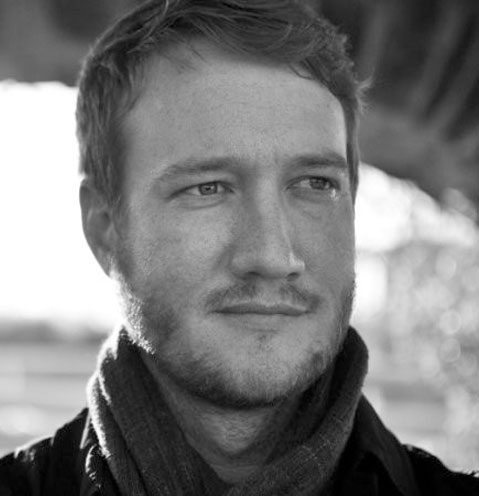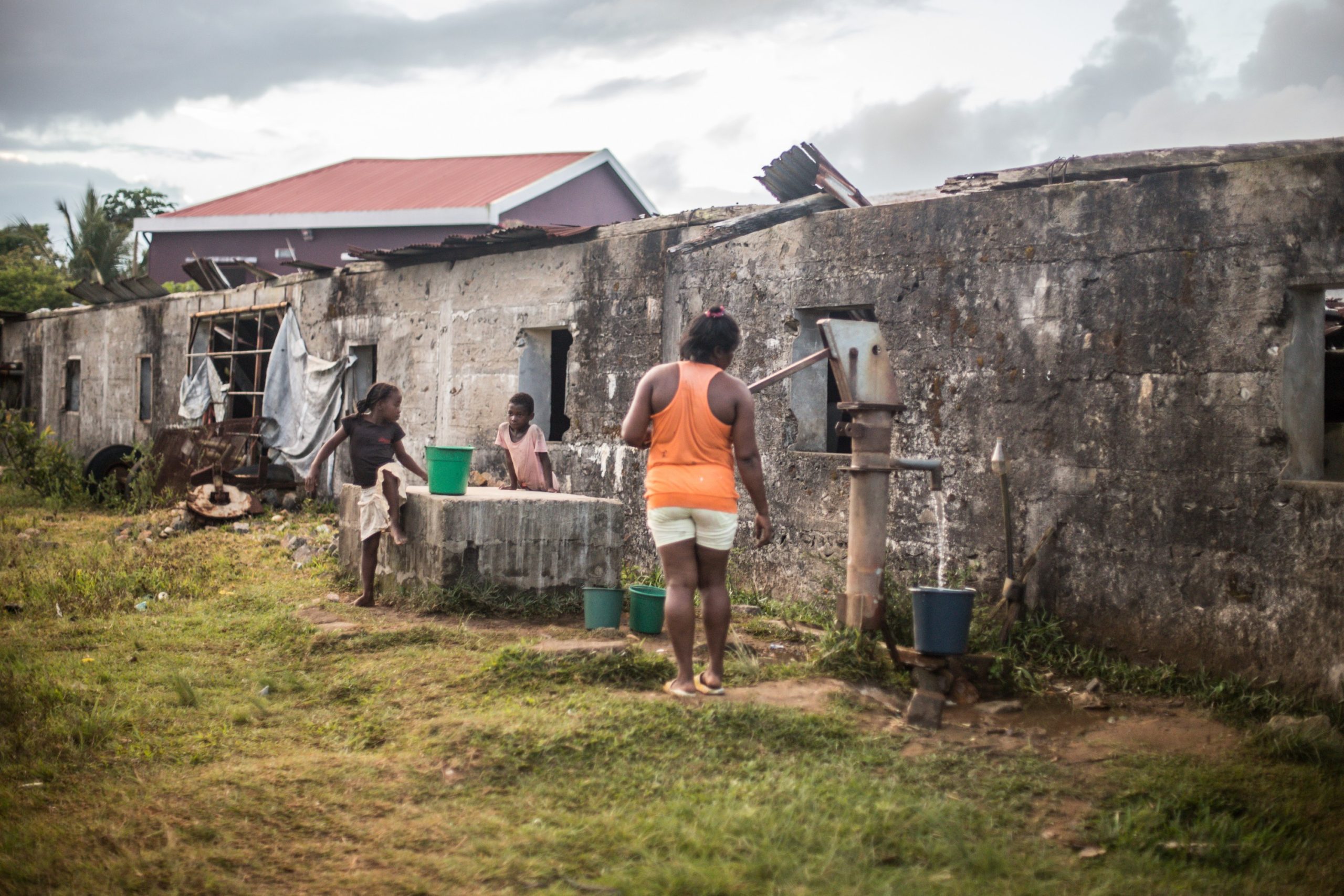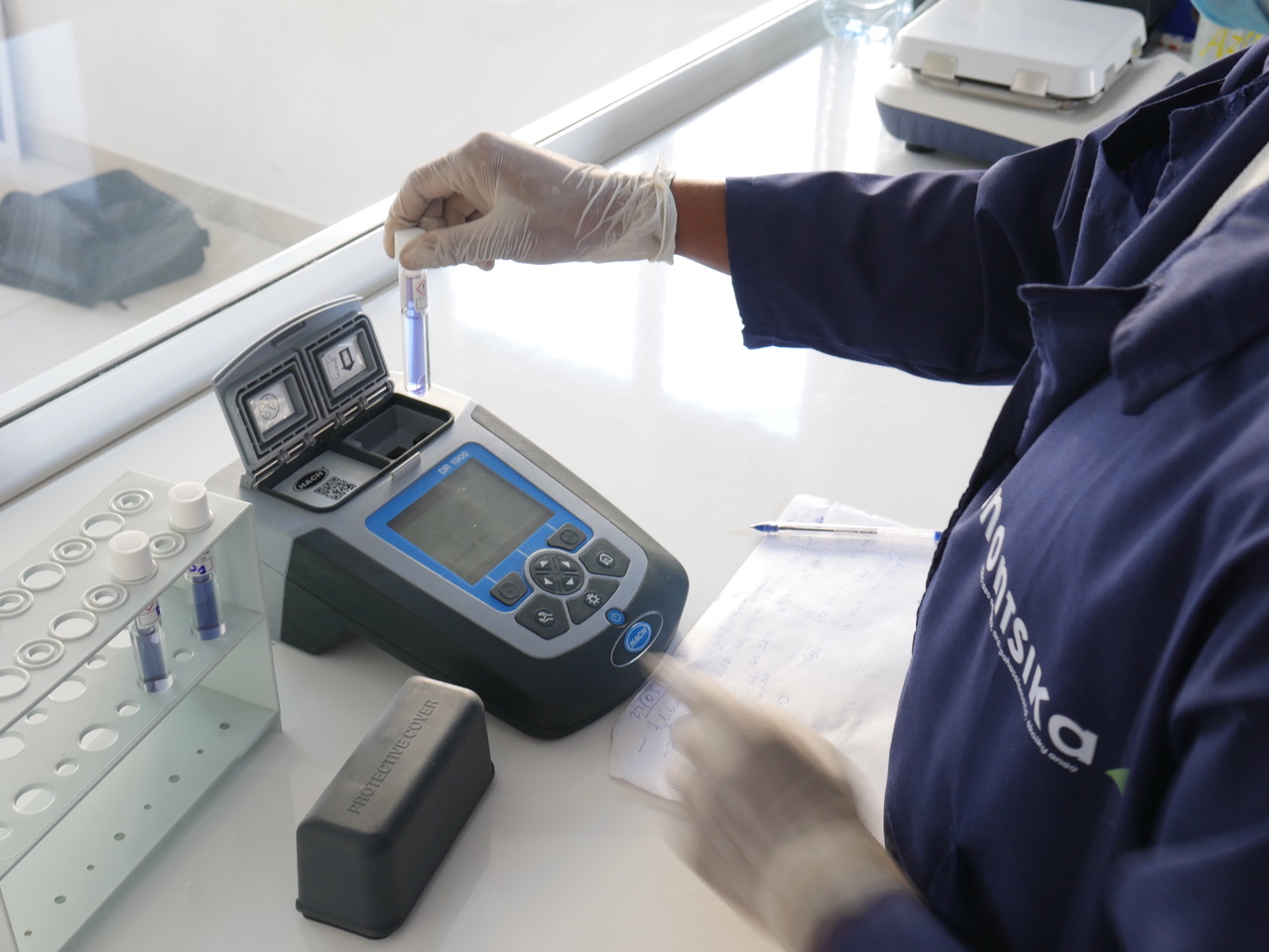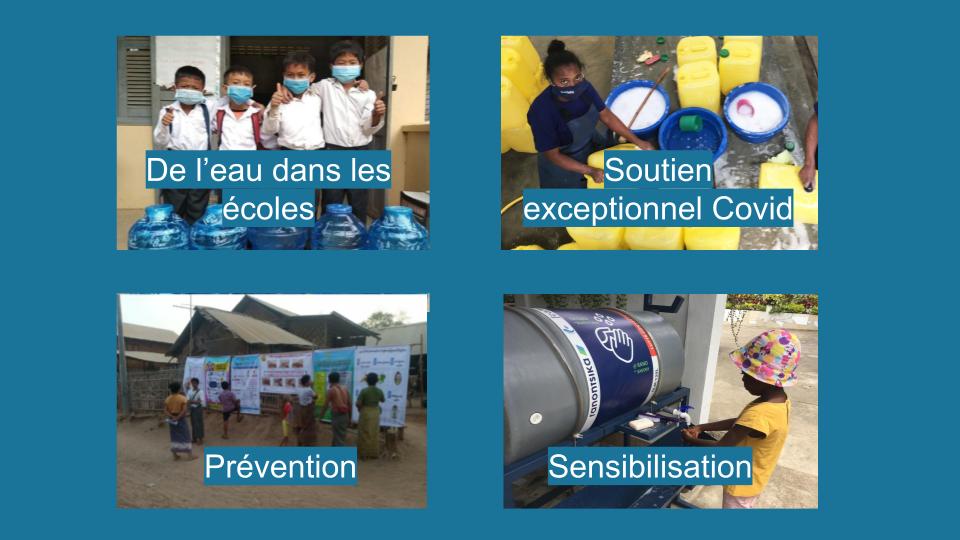With 485,000 people still dying from diarrheal diseases every year, mostly resulting from the consumption of unsafe water, the provision of safe drinking water is a public health necessity. However, maintaining quality to the point of use remains a significant challenge, especially in remote rural areas of developing countries.
Learn how 1001fontaines is tackling the challenge from a field expert.

Luke Barrett, Madagascar Country Director
Luke Barrett has been leading the 1001fontaines program in Madagascar since 2014, through the local NGO Ranontsika. With his expertise in engineering and water quality, Luke has brought a high contribution to improving the 1001fontaines standards in this field.
As stated in the last JMP report, water sources’ risk of contamination is particularly high in Madagascar, negatively impacting the health of the population. What are the main causes of contamination and why are a large part of existing water supplies still failing in ensuring water quality to the point of use?
LB: A large percentage of the population is living in rural areas where implementing water infrastructure projects is very challenging. Limited resources usually lead to projects prioritizing water quantity over quality so you have mediocre results at the tap. In urban and peri-urban areas water sources are more vulnerable to contamination from latrines, septic tanks and surrounding industrial sites, so the situation is more dire. Limited capital, knowhow and expertise for building treatment infrastructure and monitoring capabilities leads to compromised supplies. For a safely managed water service you need a safe ‘supply’ and you need the ‘service’. In Madagascar, the current focus is to encourage the private sector to manage the service. This works quite well if the supply is of good quality – demand will follow. But if the operator has been delt a bad hand regarding supply, running the service is often futile and the whole thing collapses.

Ranontsika has managed to deliver safe water to the last mile for more than ten years, and recently started to supply urban populations in the city of Tamatave: how is water quality ensured in both contexts?
LB: Well, first it’s important to mention that we’re focusing primarily on drinking water. That means we’re dealing with smaller quantities of water and it’s easier to treat the water properly at this scale. At each site we encounter a different raw water quality and we adjust the pre-treatment process accordingly via regular consultation with our laboratory technicians. The ability to properly characterize the raw water quality and simulate a water treatment process in the laboratory is fundamental to ensuring a good quality treated water. After pre-treatment, we run the water through a standard micron filtration and UVc disinfection unit. So supply is good. We maintain this level of quality by implementing regular cleaning / disinfection of the systems and a monthly monitoring regime. For Tamatave we increase the frequency of monitoring a bit and we’ve improved the disinfection and quality seal of the containers. On the service end, we ensure daily deliveries to multiple kiosks throughout the town. Our commitment to quality is paying off as we hope to achieve operational breakeven by 2022. Focus on quality, and the demand will follow.

Your laboratory plays a crucial role in monitoring the network of water kiosks. A first of its kind infrastructure in the region, it also has the potential to strengthen the health ecosystem by opening its services to other suppliers. Could you tell us more about this opportunity?
LB: Yes, a primary example is a recent project we ran focusing on lead pollution in water. Much of the population in Tamatave is reliant on groundwater accessed through locally made handpumps. These pumps contain lead in the piston and screen area and small amounts of lead are leached to the water with regular use. We found that almost half of these pumps had lead levels over the WHO guideline value. We started a remediation program in 2018 to replace lead components and encourage behavior change in pump manufacturers and technicians. So far we’ve remediated over 1,000 pumps and our social marketing campaign has reached over 40 technicians. The lab played a big role in diagnosing the problem and confirming the efficacy of the solution through regular monitoring of water quality analysis.
Water quality issues and project design being specific to each context, how does the 1001fontaines’ technical committee benefit to the local teams?
LB: The Technical Committee was created to bring support to local teams via a cultivated network of experts. 1001fontaines now works on the ground in 4 different countries and each country is at a unique place in its development. We realized that we could develop faster and more efficiently if we began sharing experiences and challenges. One of the first topics we looked at was about ‘white flakes’ in treated water. This was a great topic because the phenomenon was experienced in both Cambodia and Myanmar and solving the issue would require a good look at the fundamentals of our treatment process. We have also looked at ‘kiosk 2.0’ where we seek to build the water kiosk of the future. As the kiosk has been implemented and adapted to different contexts sharing from country to country has led to a design with improved ergonomics, treatment efficiency and the ability to monitor effectively. At each step, the Technical Committee has been able to identify specific needs and link project managers and technicians on the ground to experts in our network who can lend a hand and nurture the appropriate solution.
Let us join forces to reach more communities with safe drinking water.
Share this interview:

